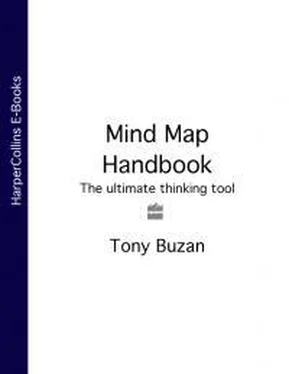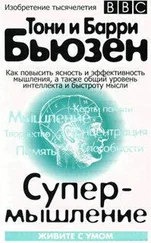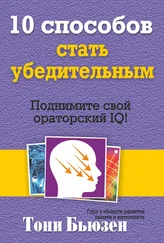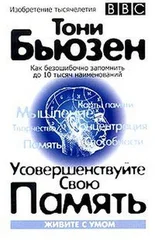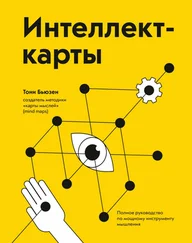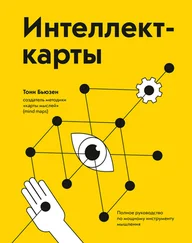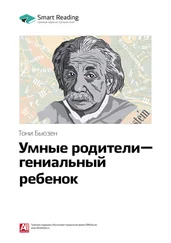By one person looking at things from a different point of view, the world’s education systems began to be transformed.
Case History – Martin Luther King
The great Black Civil Rights leader in the 1950s and 1960s campaigned tirelessly for social justice and the end of racial discrimination and segregation between blacks and whites in America. His charismatic leadership and rousing speeches inspired tens of thousands of people, both in America and elsewhere across the world, to participate in non-violent direct actions to stir the consciences of those in government.
King was adept at seeing things from the other person’s point of view: from that of poor jobless blacks trying to seek work on the same terms as their white neighbours; from that of poor white labourers worried about supporting their families; and from that of Presidents and politicians trying to please different sections of the voters. It was because he could see others’ views and problems that he was able to achieve so much.
Case History – Alexander the Great
Alexander the Great, whose never-ending Creativity in military invention and battle strategy earned him the title of the greatest military commander and leader of all time, was brilliant at seeing things from other points of view – and not just from that of other people, but animals too.
Alexander was introduced to the giant horse Bucephalus. No one had ever been able to mount and ride the animal before, and everyone was wondering whether the great Alexander might finally have met his match.
He hadn’t!
Unlike the others who simply tried to use brute force against this giant stallion, Alexander tried to get into its mind. He realized that Bucephalus was afraid of one thing – his own shadow. Alexander therefore held the horse and turned him to face to the sun. Once his shadow had vanished and Bucephalus became calmer, Alexander could mount the horse and tame it.
2. Making Creative Combinations
In addition to being able to see things from different viewpoints, the great creators were able to link things in ways that no one had ever thought of before. Again, a few examples will make this clear:
Case History – Isaac Newton
Everyone knows that Isaac Newton was inspired to create his Laws of Universal Gravitation when an apple dropped on his head. This common myth is nearly accurate, but not quite. The real story is actually far more interesting.
As Newton himself reported, he conceived his theory when he saw an apple falling ( not onto his head!) at the same time as he saw the moon hanging in the sky.
The simple, childlike questions that arose in his head were: ‘Why did the apple fall?’ and, more importantly, ‘Why doesn’t the moon fall?’ ‘Does the same law that makes the apple fall, apply to the moon?’
It was investigating the combination of the fates of these very different ‘balls’ that sparked Newton’s Creative Thinking processes, and led to his development of the theory that is still the core of most modern engineering and science.
Case History – Gregor Mendel
The 19 th-century Austrian botanist and monk, Gregor Mendel, spent many hours in his monastery’s garden daydreaming and looking at the beautiful and different colours of the sweet-pea flowers, when an extraordinary connection became apparent to him: he noticed that the appearance of the different colours appeared to be linked and related to simple mathematical progression.
From this simple, brilliant and connecting observation, Mendel was able to work out the Laws of Inherited Characteristics (why and with what probability you have blue or brown eyes, etc.) and which eventually gave rise to the multibillion-dollar industry that is now genetic engineering.
Case History – Leonardo da Vinci
As always, our creative guide Leonardo da Vinci is here! Finding novel combinations was one of Leonardo’s great creative strengths. One particularly interesting one was his noticing that as leaves fell to the ground in the autumn they formed banded layers, the older, more rotted leaves forming darker layers; the fresher, more recently fallen ones lighter layers.
Leonardo connected this observation with the layers of different colours in cliffs and bare mountainsides. A basic concept behind the science of geology was recognized!
3. Reversing Things
Another interesting way of finding novel combinations is the creative art of reversal . In reversal, you simply take whatever exists, and consider the opposite. You will often find that this produces extraordinarily useful and unique results.
Case History – Mohammed Ali
Mohammed Ali is considered by many to be the greatest sportsman of the past 100 years. Ali used the Creative Thinking technique of reversal to his advantage.
Everybody said that heavy men could not dance – he danced!
Everybody said you should always hold your hands up when you box – Ali held them down!
Everybody said that big men could not be fast – Ali made himself the fastest boxer ever!
It was Ali’s ability to reverse traditional thinking that enabled him to take his sport to totally new creative levels.
Another famous athlete did something similar.
Case History – Dick Fosbury
In the 1960s, a young American high-jumper, Dick Fosbury, had been trained, like everybody else, to ‘dive’ over the bar face and chest down. Fosbury asked himself the reverse question: ‘What would happen if I went over backwards?’
The answer was that he could jump higher! By a simple act of reverse thinking, Fosbury had not only discovered an entirely new jumping technique; he had transformed his sport forever, and was immortalized by the name of his revolutionary new technique: the ‘Fosbury Flop’.
Case History – Michelangelo
Michelangelo, probably the greatest sculptor ever, was also a practitioner of Reverse Thinking. While most sculptors and teachers of sculpting thought (and often still think) that the purpose of the sculptor was to impose a shape on a formless lump of marble, Michelangelo felt the opposite. He considered that the perfect form was already in the stone . His task was to chip away the unnecessary marble and to let that already-existing shape free from its stony prison!
By thinking in this way, Michelangelo made his task conceptually much easier: instead of having to impose his own will on the recalcitrant stone, he was simply the image’s servant, chipping away to reveal the beauty that lay beneath the surface.
As you now will be increasingly aware, by learning how to see things from different viewpoints, by making new connections, as well as by reversing concepts, you can create astonishing new ideas.
By doing this it is obvious that you as a person become more different, more unusual, more far from normal, more original and unique. You become a person to whom others will refer as special, creative and, even, a genius!
Creativity Workout
1. Listen!
When people are explaining things to you, or trying to present their side of an argument or interpretation of a problem, not only listen to what they say, but listen to ‘ who they are ’. Try to see totally from their point of view what it is that they are trying to explain.
When you achieve this, you will increasingly become known as a ‘good listener’, an interested and interesting person yourself, a trustworthy friend, and someone who makes others comfortable. At the same time, you will be improving both your memory of what is said, and your creative power to see things from multiple perspectives.
Читать дальше
